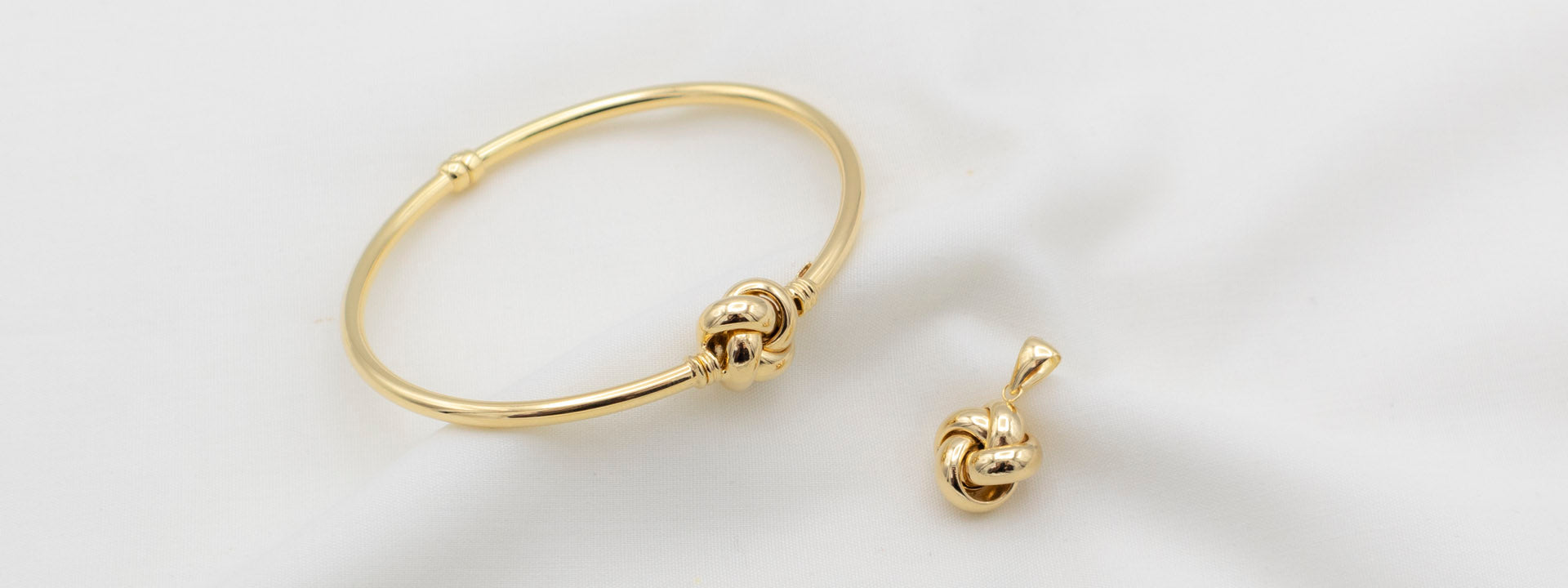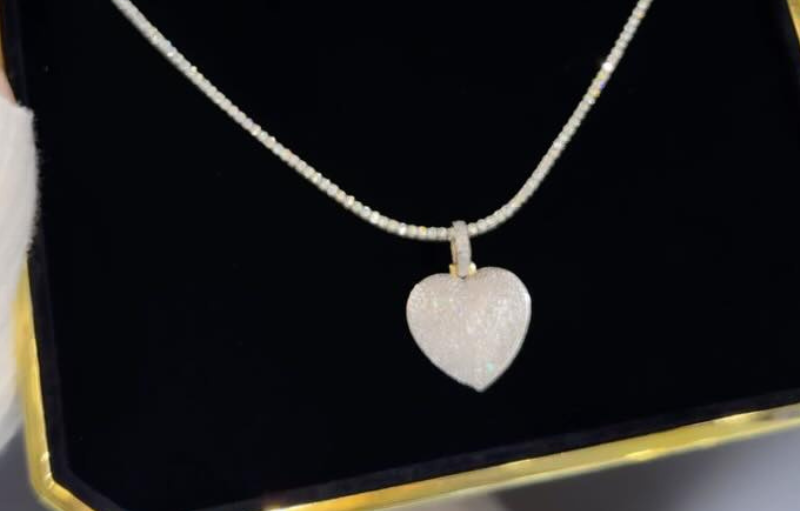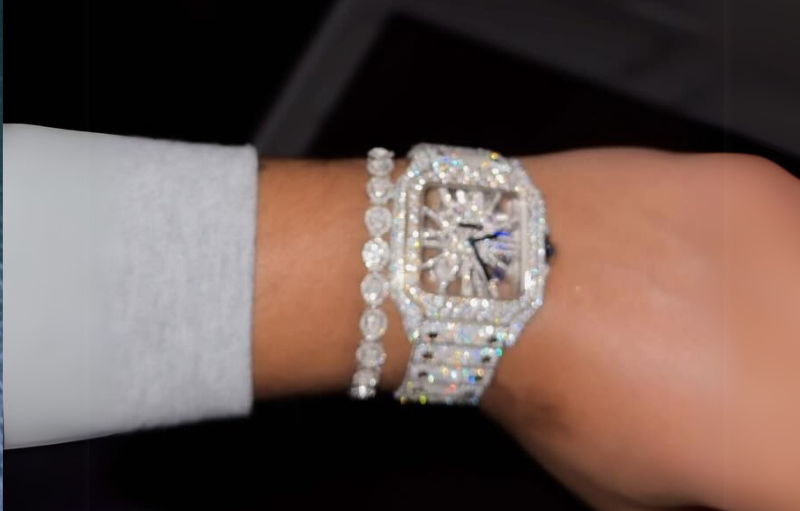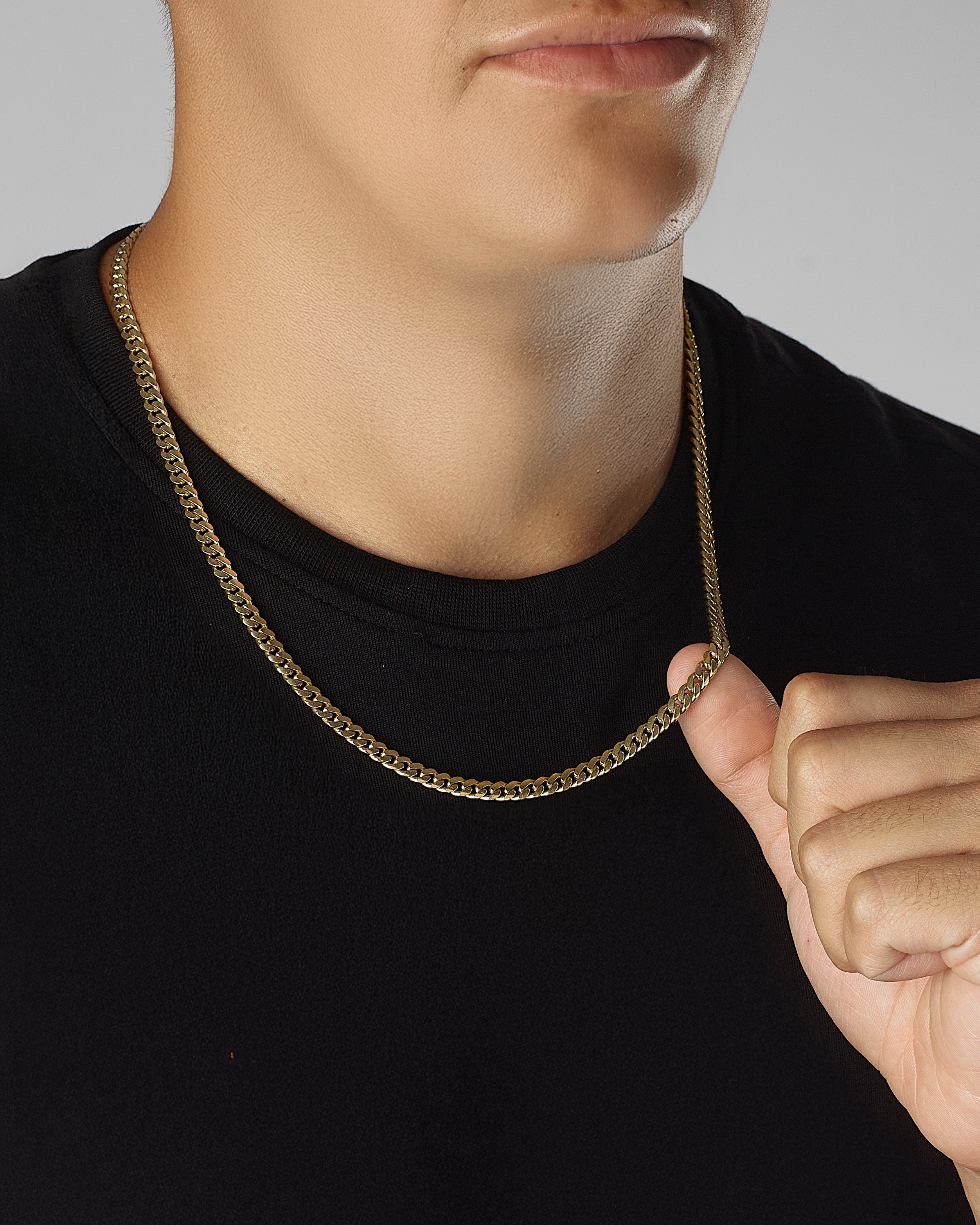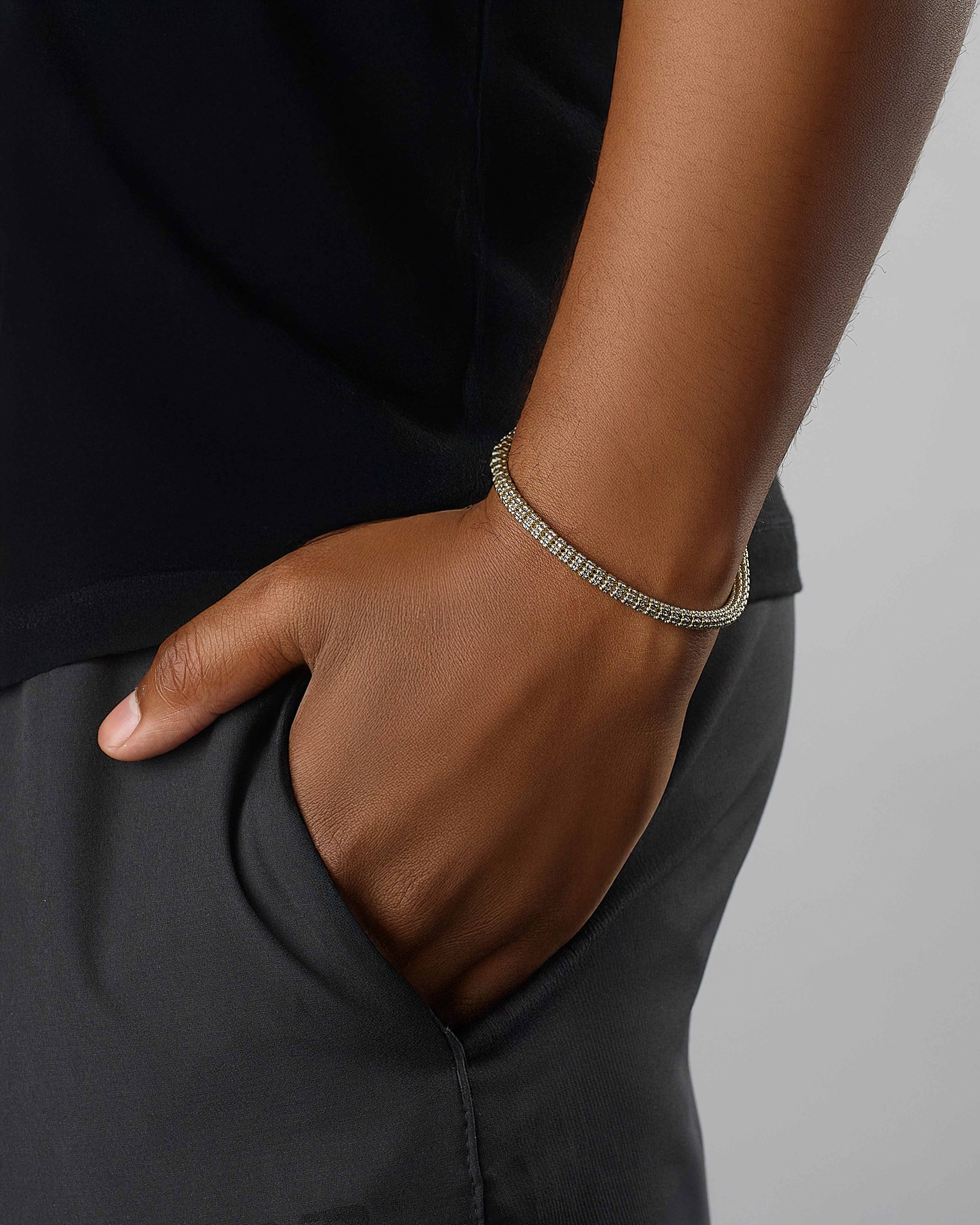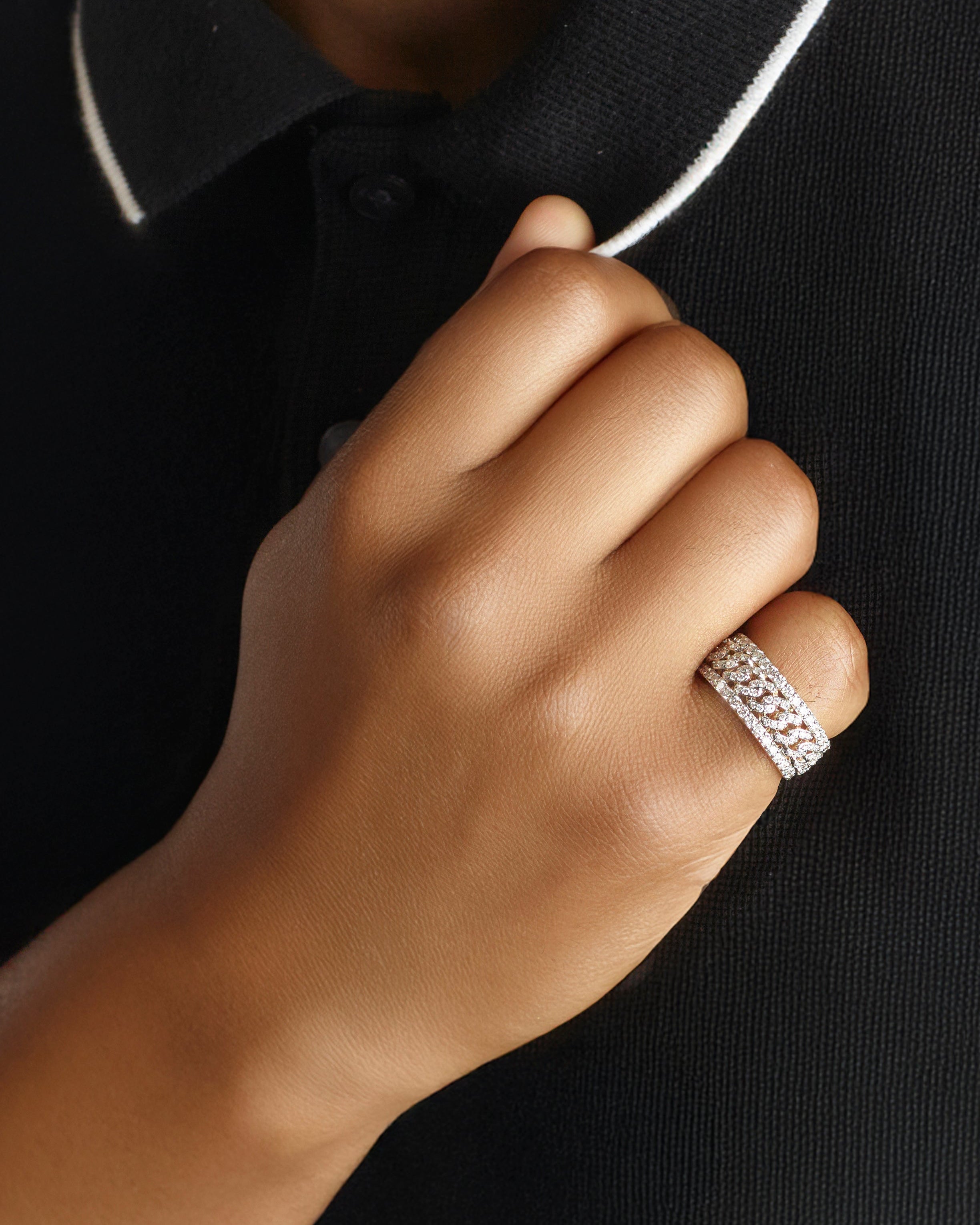When purchasing gold or diamond jewelry, it's essential to know how to identify genuine pieces to avoid being misled by counterfeits. Here’s a guide to help you spot fake gold and diamond jewelry:
1. Checking for Hallmarks
- Gold: Genuine gold jewelry will have a hallmark indicating its karat (e.g., 10K, 14K, 18K). If the jewelry lacks these markings, it could be fake or gold-plated.
- Diamonds: Look for laser inscriptions on the diamond's girdle. Certified diamonds often have an ID number engraved, which can be verified with the certification.
2. Magnet Test
- Gold: Pure gold is non-magnetic, so if your jewelry is attracted to a magnet, it’s likely not solid gold.
- Diamonds: This test doesn’t apply to diamonds, but you can use other methods such as water testing or using a thermal conductivity probe.
3. Inspecting Weight and Density
- Gold: Gold is dense and heavy. If a piece feels unusually light, it may not be solid gold.
- Diamonds: Real diamonds should sink when dropped into water due to their density, while fakes like glass or cubic zirconia will float.
4. Examine the Craftsmanship
- Gold: High-quality gold jewelry has smooth edges, consistent color, and no visible imperfections.
- Diamonds: Inspect the diamond under magnification for inclusions or blemishes. A flawless appearance might indicate a synthetic or lab-created stone.
5. Professional Appraisal
- When in doubt, take the jewelry to a certified gemologist or a trusted jeweler for a professional appraisal. They have the tools and expertise to confirm authenticity.
Conclusion
Spotting fake gold and diamond jewelry requires careful examination and knowledge of key indicators like hallmarks, weight, magnetism, and craftsmanship. By following these steps, you can confidently assess the authenticity of your jewelry and ensure you’re investing in genuine, high-quality pieces.


